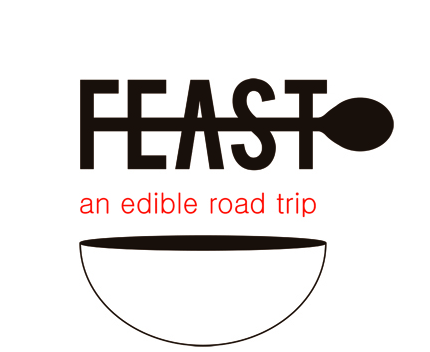A Tamil Lunch, an Education in Chutney + a Video!
“They’re called Italy.”
“Excuse me?”
“They’re called Italy.”
“I’m sorry….what?”
“Idli. I-D-L-I.”
“Oooooooh…..”
Such was the conversation I had with Siva, our kind and soft-spoken guide in Bandarawela, as he tried to describe a dish on the table for lunch. He comes from a family of Tamil tea pickers, the Tamils being the foundation of the tea industry’s workforce. Siva and his son Sanju, sister-in-law Susikala, and mother-in-law Pakyawathi hosted us for lunch one day in their tiny, colourful home.
As with many in the area, the predominantly Tamil village in which they live clings to the foothills of a small, lush valley. It’s a patchwork of square homes and neatly-kept terraced gardens, where the men grow “English vegetables” such as carrots, potatoes, and peas. We descended a series of earth and stone steps to get to Siva’s house, where I was welcomed with a bindi on my forehead by the beautiful Susikala.
Inside, Susikala, Pakyawathi, and Sanju took me into the narrow, smoky kitchen, and showed me the hearth on which they were preparing the idli, a staple in Tamil cuisine.
They’re made by preparing a batter with the soaked and ground pastes of urad dal (lentils) and rice, mixed with a bit of salt.
It’s left to ferment, then poured into molds and steamed over water.
Alternatively, the batter can be thinned out and fried into pancake-like dosas. Either way, they’re filling, have a faintly sourdough-like flavour, and are the perfect vehicles for eating chutney.
In past lives, I’d only ever thought of chutney as a sticky sort of jam, made with big chunks of spiced mango and onion. Not so, however. There are dozens of varieties of Tamil chutneys to be eaten alongside idli and dosas, and it’s easiest to think of them as fresh sauces, often with coconut as their base.
We ate green chutney with fresh coconut and mint, as well as spicier red chutney with chili, cumin seeds, fennel, black mustard, turmeric, and curry leaves.
They were sauces to end all sauces – I just couldn’t stop spooning them onto my plate. There was also aama vadai (fried lentil fritters),
sambaru (a stew of lentils, beans, and potatoes),
and payasam for dessert, a sweet soup made with sago, vermicelli noodles, plums, cashews, sugar, salt, and coconut milk.
We scooped it up with crisp, salted pappadums.
After lunch we stood outside, and Siva told me about his family. While his parents and grandparents had all worked in the tea industry, his own family did not, which seemed to be a growing trend in the area. His son’s education was clearly their family’s utmost priority, and he spoke of how he and Sanju woke up early each morning to walk the 3 km to where he catches the school bus.
Though the quality of schools can vary, education in Sri Lanka is free, and it’s clear that people value it.
Everywhere I went, I saw enormous crowds of impeccably-groomed school children, and as we passed two girls in Siva’s village, they waved hello and shouted, “School pens?! School pens?!” at us. Fortunately, I had several pens in my bag to give them, and was struck by the request. They didn’t desire candy or money, as I’m often asked for when travelling. These girls wanted tools for school, and they held their new pens up like trophies.
Thank you so much to Siva and his family for hosting us for lunch. I truly could not have enjoyed it more.
Here's one of three outstanding shorts I'll be sharing over the next few posts, all shot and edited by the talented Seth Coleman. This one goes first because it includes our Tamil lunch!
-LA
*This is part of a series of posts I'm writing for World Nomads, as part of their incredible Passport and Plate program. Read about it and their other scholarships here!

